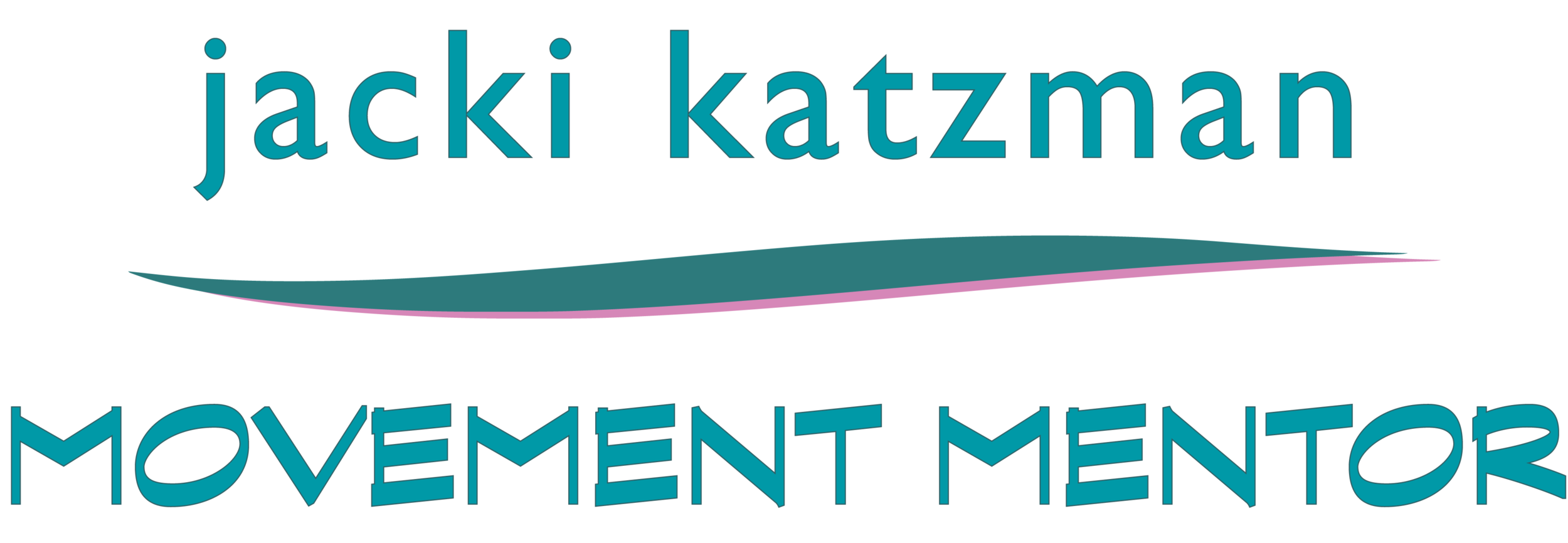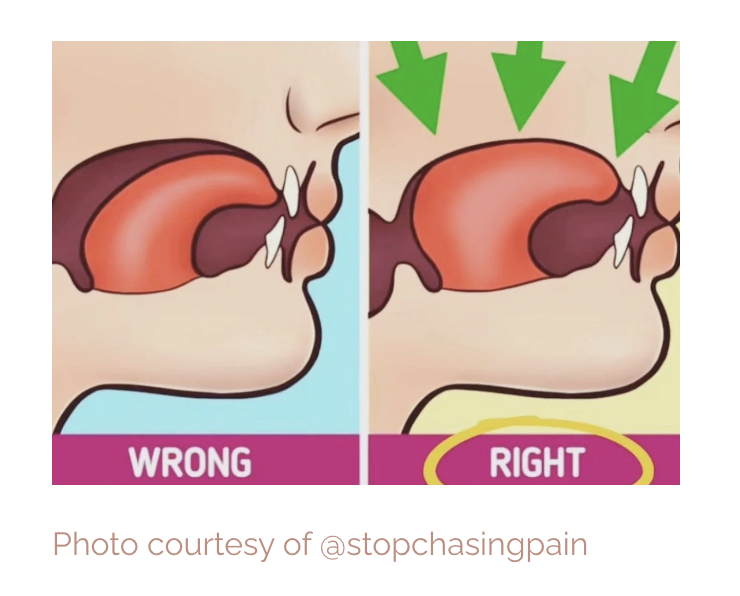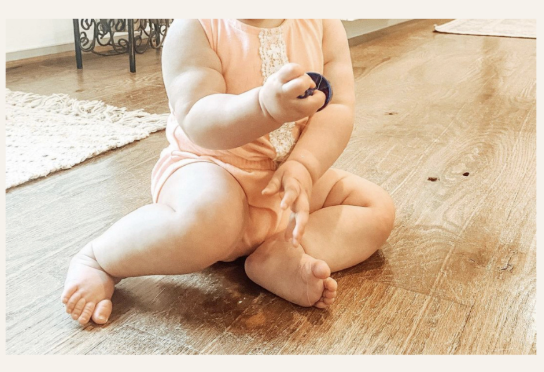Long Neck, Light Head - 5 - To the Tip of the Tongue
A giraffe tongue nimbly avoids the acacia tree barbs to feast on up to 75 pounds of leaves daily. At the end of that long neck, just a little more length.
Long Neck, Light Head - 5 - To the Tip of the Tongue
Tongue posture - there is such a thing, and it matters
Based on ATM Book Lesson 10 – Movement of the Eyes Organizes the Movement of the Body by Moshe Feldenkrais, informed by “Liberating Your Neck and Jaw,” a series by David Zemach-Berson GCFT
Ready to give up yet on the dead bird series? Not me, not yet. We can go deeper, to the base of the tongue. The tongue’s position, tongue posture to be exact, can affect the TMJ, the angle at which we hold our heads, the shape of our jaws, and whether we are nose or mouth breathers. (“Mouth breather” was Strange Thing’s Eleven, a NetFlicks heroine, most damning insult.)
This series is about being “light headed,” letting the head float easily on a long neck, with sensitivity to how minute shifts in weight can affect the entire body. The “dead bird” lesson, with the iconic hand position as a simulation of the horizon, has been this series’ foundational structure. At this point, the lesson flow has become second nature, and we can dive deeply into subtleties.
The tongue is the body’s strongest, most versatile muscle. Per Google AI:
The tongue is made of two groups of muscles: intrinsic muscles, which change the tongue's shape for speech and eating, and extrinsic muscles, which move and position the tongue. These muscles work together, coordinated by the hypoglossal nerve (CN XII) and the vagus nerve (CN X) for the palatoglossus, to enable complex movements like protruding, curling, and flattening the tongue.
This incredible muscle’s use and placement can affect breathing (nose versus mouth breather!), posture, jaw alignment, tooth development, facial muscles, sleep, and diaphragmatic alignment, pelvic floor, and ultimately, posture. Interesting that the vagus nerve is also involved in managing the tongue’s supermoves.
An optimally positioned tongue rests against the top of the palate, with the tongue tip resting easily against the little notch in the top palate, jaws relaxed, lips lightly touching. My early karate teacher tried to teach this, but the words didn’t make sense: what did he mean “tongue touches the roof of the mouth?” What part of the tongue? Well, is seems that the whole top of the tongue should be resting there, and the tip is not against the teeth.
And that slight lift of the tongue may make a huge difference in the head’s center of gravity and alignment. At least that is what I, a jaw pusher, am discovering this time around. A lifted tongue seems to pull the spine up a little. The head balances with a little more freedom. The experiment is to see what other benefits each of our unique bodies discovers.
In this week’s “dead bird” variation, we focus on tongue posture. It’s your choice of lying supine with standing feet and knees bent or side-sitting with appropriate support. The lesson will include both for those who can. Remember: this lesson, with it’s eye movements, is trance-y. We will take our time going in and coming out. And stand up afterwards with a calling to improve your tongue posture.
Benefits of side sitting, source Google AI
Core and trunk strengthening: Side sitting engages and strengthens the muscles of the core and trunk, which are crucial for maintaining upright posture and balance.
Improved hip mobility: It optimizes hip mobility without putting the joint at risk.
Encourages cross-body movements: This position facilitates movements that involve reaching across the body, which is important for developing coordination and motor skills.
Aids in transitions: Side sitting can be an important developmental position for transitioning between different postures, such as moving from sitting to hands and knees or to standing.
Avoids W-sitting: By encouraging side sitting, you can discourage W-sitting, a posture that can lead to core weakness and potential knee issues in children.
Science Nerd Candy Bowl:
Body Posture and TMJD - How Your Body Posture Affects Your Jaw: Priya Mistry, DDS, D. ABDSM (11:19) - outlines how misalignment from the bottom up, or from the top down, or leaning forward into the jaw can disrupt the entire body’s balance and posture. Summary at about 9:00 min.
Set Up for a Side-Seated on Floor or Supine lesson:
On a mat with room to lean back, support for hips as needed, support for supine as needed
OR sitting in a level, stable, armless chair, with knees and hips level
How you might feel after this lesson: Looser all over; Longer; Open; Breathing deeply; Shoulders relaxed; Head balanced atop the spine; Elegant as a giraffe; Far-seeing as a maasai; Relaxed as a lioness before the prowl; Head light as a bobble toy.
Wednesday 9:30 am or 6:30 pm class registration, keep using it. If you were registered for the 12:00 pm Wednesday session, you’ll need to register. Registered, paid students receive the lesson recording link on Thursday. $40/month; $15/single lesson. PayPal or Venmo to jackisue@aol.com. Or check to Jacki Katzman, PO Box 116, Bethlehem, NH 03574
For new student registration, Click Here




